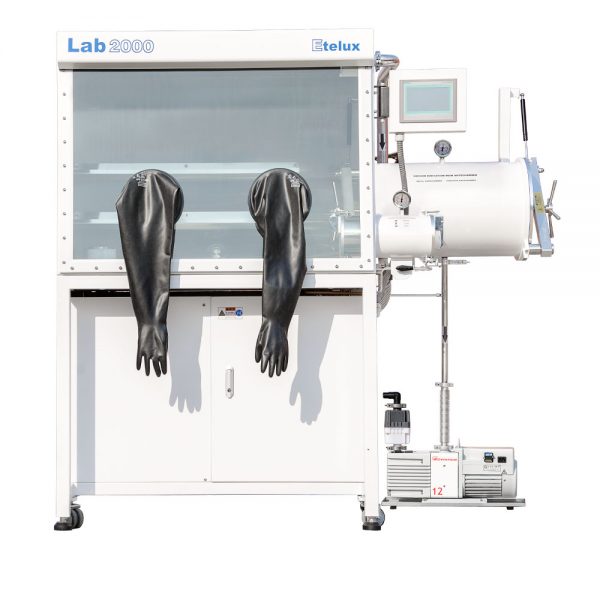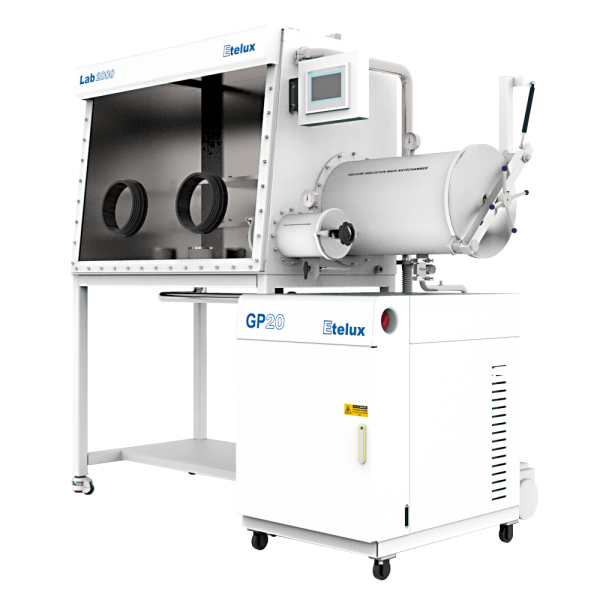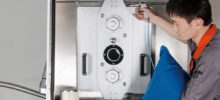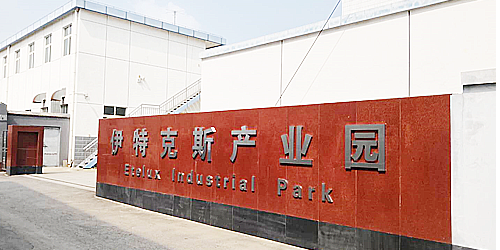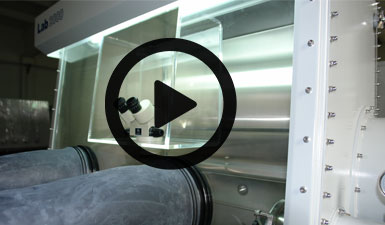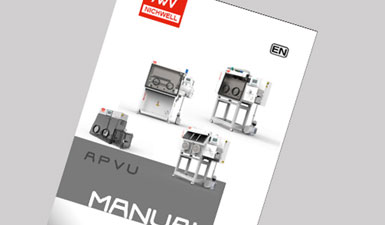Gloveboxes provide important support for scientific research and production with their unique features in a wide range of laboratory equipment. Among them, stainless steel box design occupies an important position in the construction of the glove box. So, why most of the glove box using stainless steel box design?
First of all, stainless steel has excellent corrosion resistance, which is one of the most significant differences with the ordinary material box. In the laboratory environment, often come into contact with a variety of chemical reagents and gases, these substances may be highly corrosive. Ordinary materials such as plastic or ordinary metal may be eroded in a short time, surface damage, deformation or even rupture. Stainless steel can effectively resist these erosions, ensuring that the box remains structurally intact for a long time and is not damaged by chemicals, thus extending the service life of the glove box.
Secondly, in terms of strength and rigidity, stainless steel also has obvious advantages. Stainless steel has good strength and rigidity, which makes the box can withstand internal pressure changes and external collision and extrusion. In contrast, ordinary materials may be more fragile, easy to deform when subjected to certain pressure or impact, affecting the structural stability and safety of the glove box.
Furthermore, the ease of cleaning and sterilization is also an important difference. Laboratory hygiene and cleanliness requirements are extremely high, stainless steel surface smooth and flat, no pores, not easy to breed bacteria and pollutants. Through simple cleaning and disinfection treatment, you can quickly achieve a high standard of hygiene requirements. While ordinary materials such as some plastics may have tiny pores, easy to hide dirt, and the disinfection effect may not be good, bringing the risk of contamination for the experiment.
In addition, stainless steel also has good sealing performance. It can be tightly combined with a variety of sealing materials, effectively preventing gas leakage and the intrusion of external impurities, to ensure the stability and control of the internal environment of the glove box. Ordinary materials in the sealing performance may not be able to achieve the same effect, resulting in the internal environment vulnerable to external interference.
Moreover, the thermal stability of stainless steel should not be ignored. In some experimental processes, there may be temperature changes, stainless steel can withstand this thermal expansion and contraction, without deformation or damage. Ordinary materials may produce large deformation when the temperature changes, affecting the performance of the glove box.
Finally, the appearance of stainless steel is beautiful and generous, and can adapt to a variety of laboratory decoration styles, giving a professional and neat impression.
In summary, stainless steel box design has become the ideal choice for glove box manufacturing with its many advantages such as corrosion resistance, high strength, easy to clean, good sealing, thermal stability and aesthetics, providing a solid guarantee for scientific research and production work.

